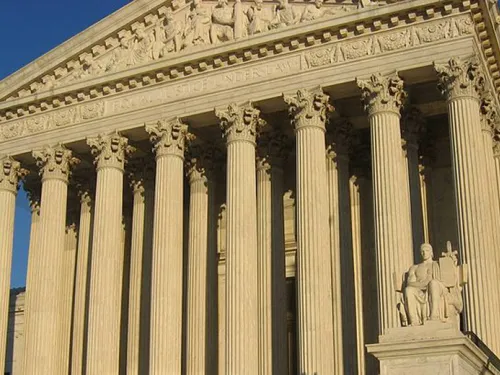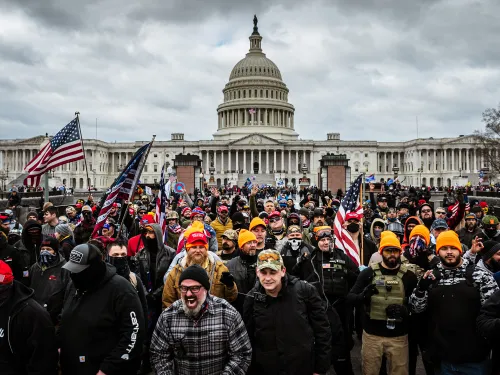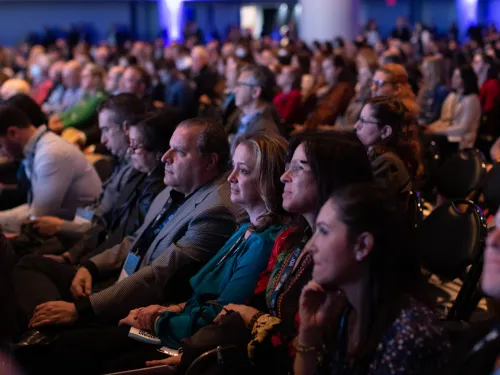
Related Content

Part of the ADL Center on Extremism’s coverage of the misogynist manosphere and its subcultures, each of which impacts women’s experiences of safety and equity – online and offline.
Men’s Rights Activists (MRAs) are a part of the manosphere, a broad set of male supremacist, anti-feminist, misogynist and sometimes violent movements that exist largely online. MRAs embrace traditional masculinity as the ideal state of men in society and vehemently reject the principles and advancements of feminism.
Men's Rights Activists are primarily concerned with legal issues and generally do not pose direct physical threats to most women. While most cases brought by MRAs do not succeed in court, any successful challenge to existing laws that are designed to protect women -- especially laws governing sexual assault, gender discrimination and abortion rights -- are celebrated in MRA online spaces. In the modern era (roughly 2015 to present), MRAs, who have adopted a narrative of victimhood, tend to congregate online, populating websites, forums, image boards, subreddits and social media platforms. White men appear to be particularly drawn to MRAs’ internalized victim mentality, in part because it aligns with their claims that feminism has eroded their social and political capital.
MRAs are an offshoot of the Men’s Liberation Movement, a social movement formed in the 1960s as a response to second-wave feminism. The Men’s Liberation Movement believes in freeing men from their traditional roles and understandings of masculinity. Conventional gender roles were understood as harmful to both men and women; if women are forced to stay in the home, then men are forced out of it; if women’s value was childbearing and rearing, men’s value lay solely in their ability to provide. Sociologists who study the issue believe that traditional notions of masculinity are toxic and outdated to Men’s Rights Activists in the same way that traditional notions of femininity are to feminists.
In the 1970s, Men’s Rights groups branched out from the Men’s Liberation Movement in the 1970s over ideological disagreements about the nature of masculinity; where Men’s Liberation groups advocated for the de-stigmatization of nontraditional expressions of masculinity. Men’s Rights groups blamed their collective problems on the rise of feminism and the resulting gains in women’s equality, empowerment and success.
Men’s Liberation and Men’s Rights Movements both place considerable emphasis on intimate partner violence committed by and against men, with Men’s Liberation groups advocating for programs and policies designed to raise awareness of the issue of intimate partner violence for both men and women. They attribute the lack of awareness of intimate partner violence against men to the widespread belief that men were required to be stoic, unemotional and physically capable. Men’s Rights groups, meanwhile, focus almost exclusively on the disproportionate rate at which male-female domestic violence is reported and prosecuted (versus female-male), and on the asymmetrical existence of programs such as women’s shelters (which they believe constitutes discrimination against men).
MRAs find fault in male-only eligibility for the draft, what they consider the disproportionate punishment of men in the criminal justice system and the “favor” given to women in family law contests. Other issues central to the Men’s Liberation movement include the purportedly severe underreporting of sexual assaults against men, weaker academic placement of men into higher education and the relatively poor performance of boys and men at all levels of education.
Since the mid-1990s, the Men’s Rights movement has championed the following claims:
-
Men do not have unequal social and/or economic power representative of an oppressive patriarchy.
-
Men are systematically disadvantaged at similar or greater rates and with similar or greater severity than women.
-
Women use existing sexual harassment and child molestation laws to abuse men by restricting their freedoms.
-
The expansion of sexual assault laws and policies designed to assist victims of sexual assault make it too easy for ill-intentioned women to ruin men’s lives.
-
Modern cultural efforts to address sexual assault, such as the MeToo movement, have made it impossible for men to “safely” approach women without risking a harassment or assault lawsuit.
MRAs have attempted to use the legal system to address perceived discrimination. In the late 2000s, activist and lawyer Roy Den Hollander filed a series of unsuccessful lawsuits concerning the 14th Amendment. Hollander was suspected of murdering the family of a US District Court Judge as well as lawyer and leader of the National Coalition for Men (NCFM). Hollander died from a self-inflicted gunshot wound shortly after the attack on the judge’s family.
-
The first suit, Hollander v. Copacabana Nightclub, was filed against six bars and nightclubs in New York that offered complimentary access to women on certain days or at certain times.
-
The second suit, Hollander v. Michael Chertoff et. al., targeted the wording of the Violence Against Women Act (VAWA) as being insensitive to intimate partner violence committed against men. The suit also claimed that the Act allowed wealthy, foreign-born women to gain citizenship by marrying American men and then claiming sexual assault—resulting in divorce with retained citizenship.
-
The third suit, Hollander v Institute for Research on Women & Gender at Columbia University et. al., was against Columbia University, centering on the existence of their Women’s and Gender Studies program, with claims that the existence of Columbia University’s Women’s and Gender Studies program discriminated against men, as no similar program existed to address men’s issues.









